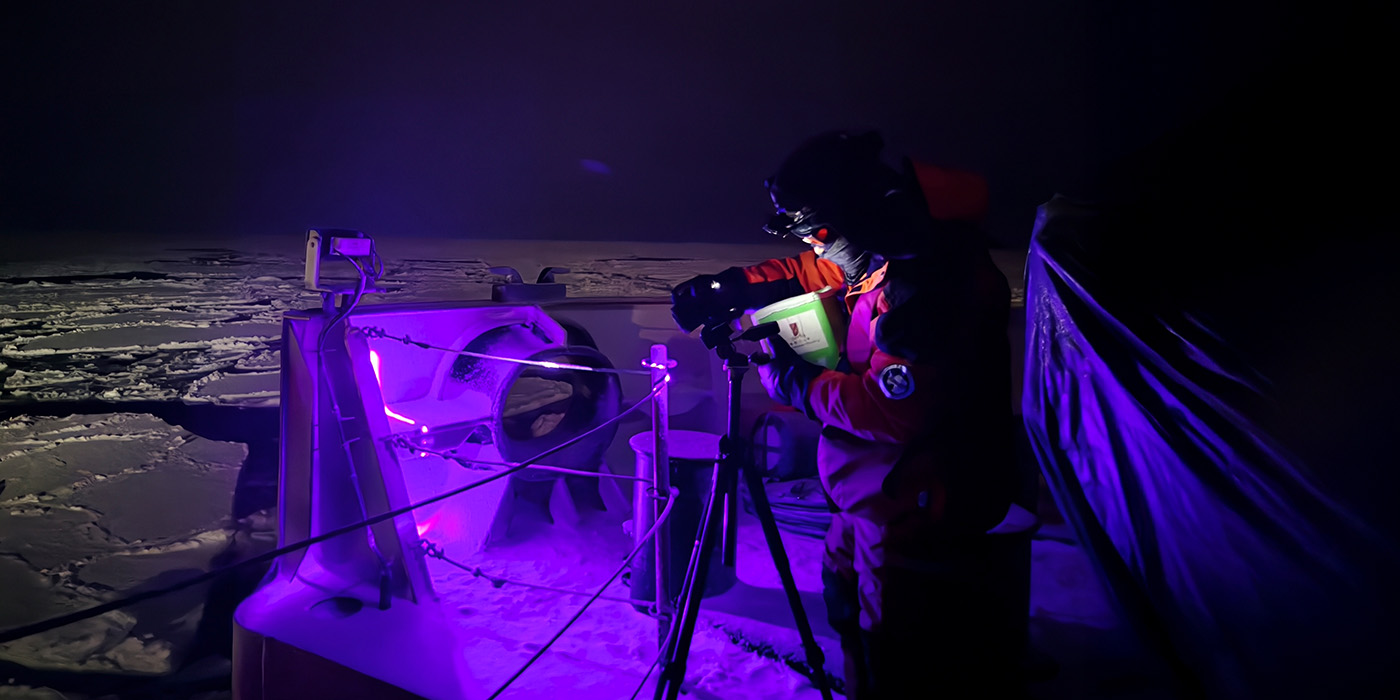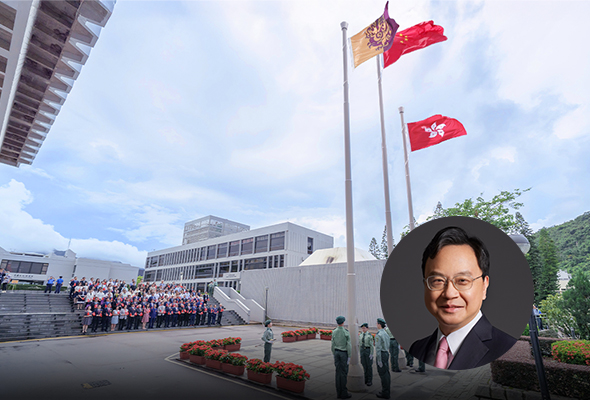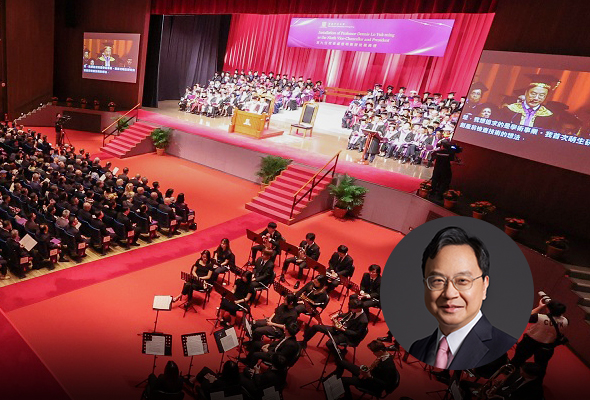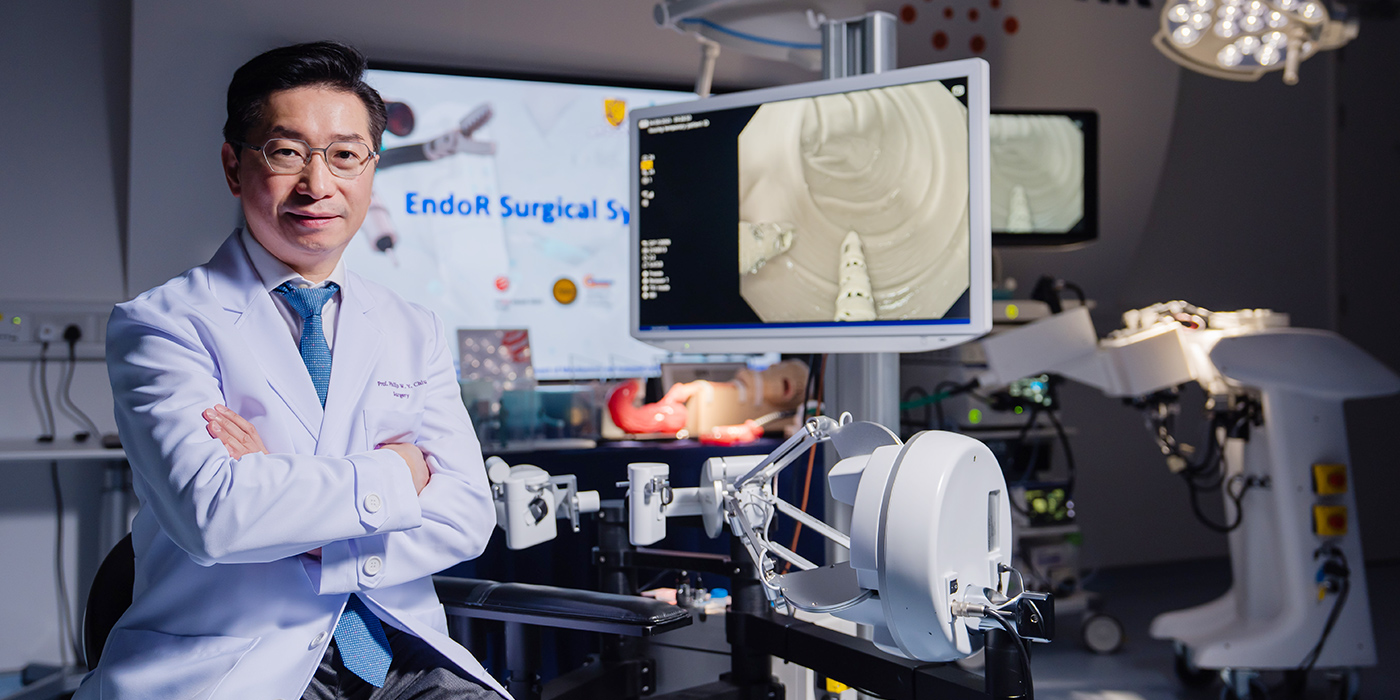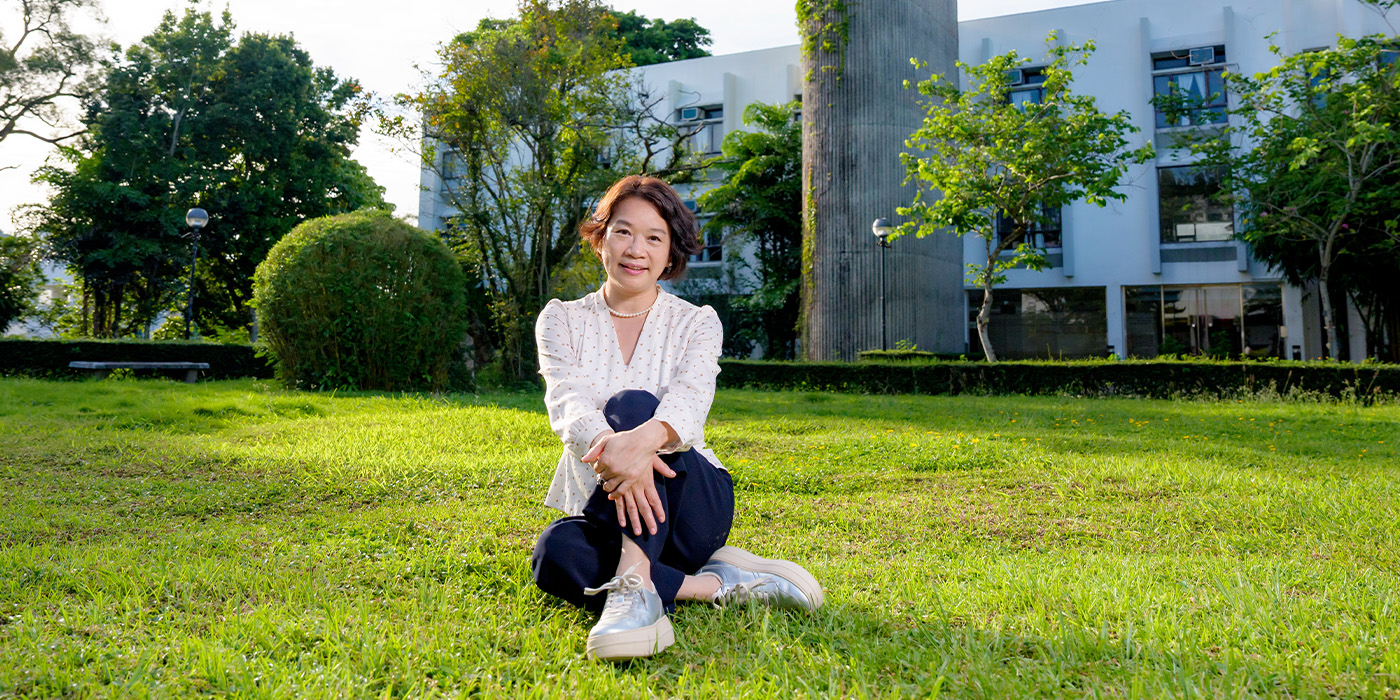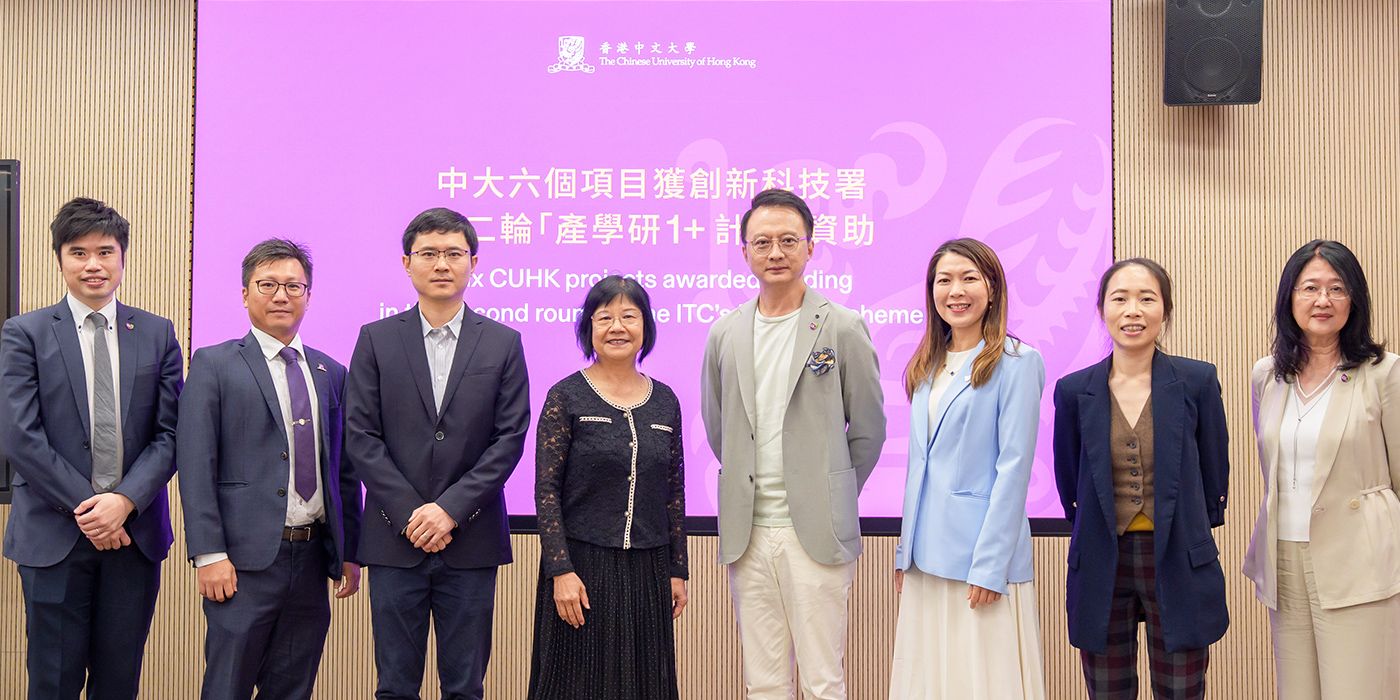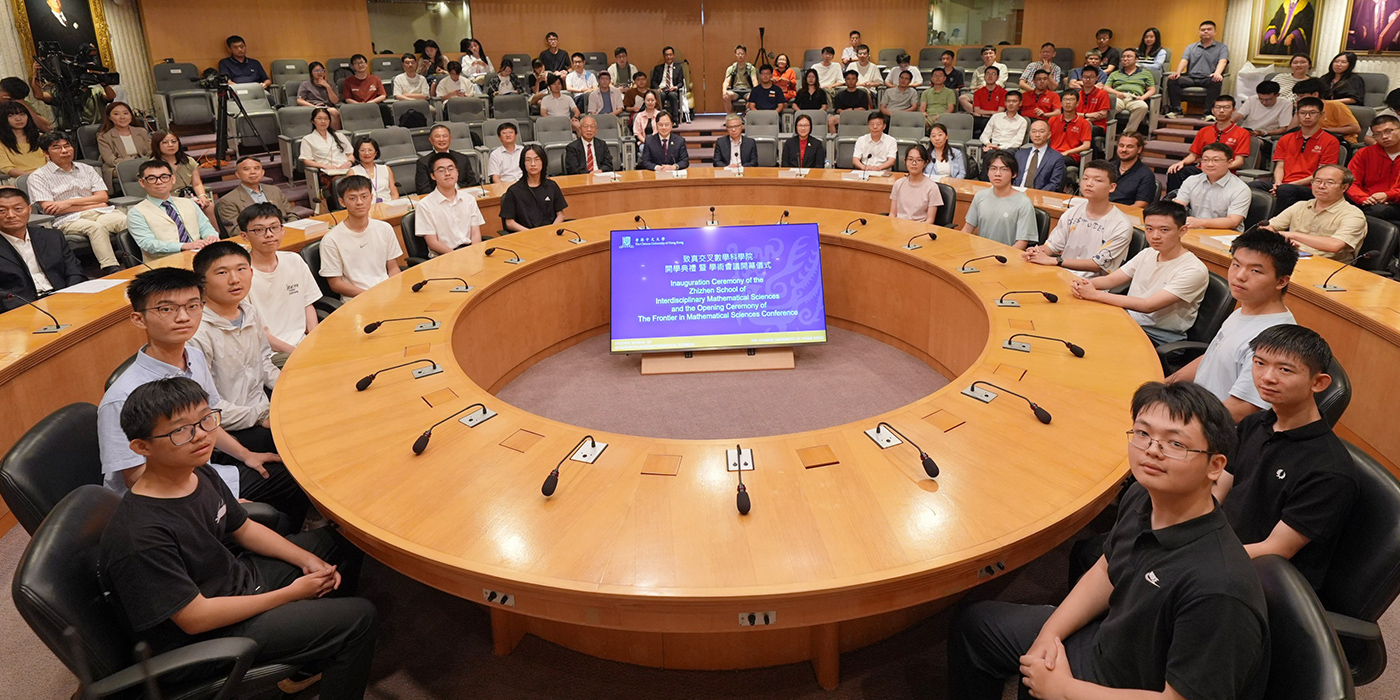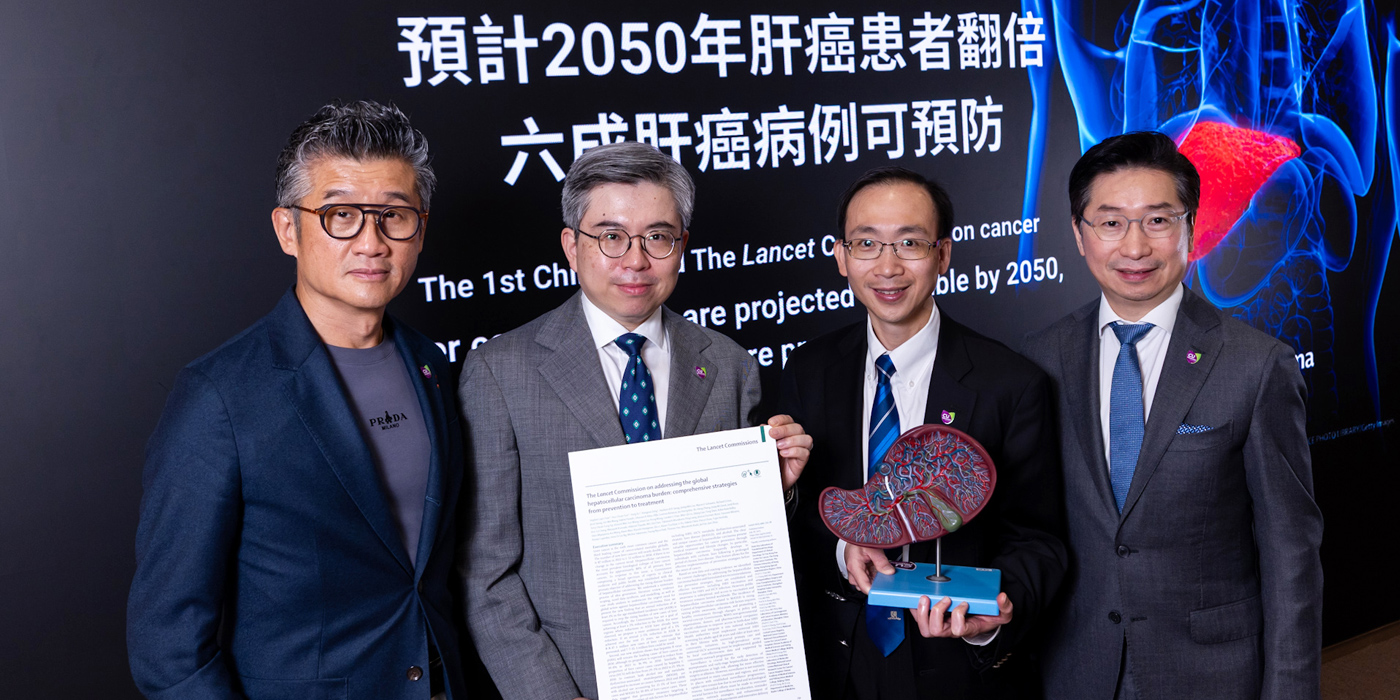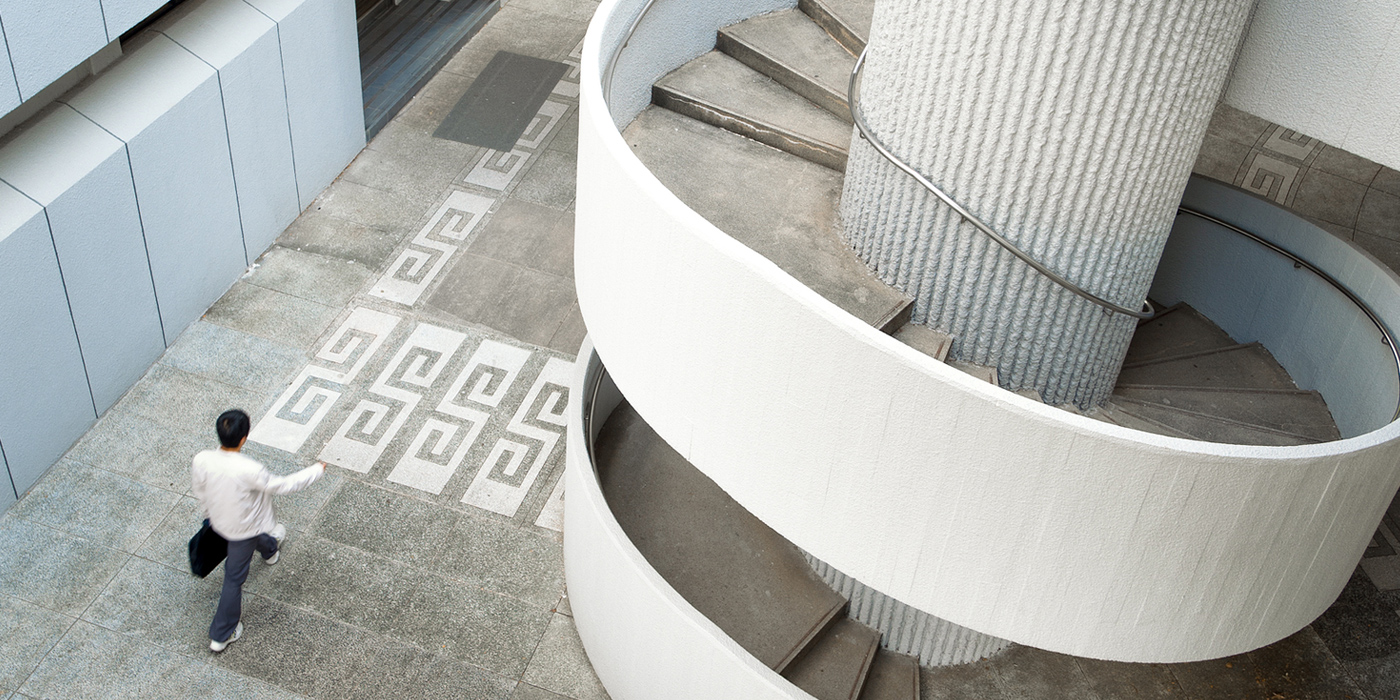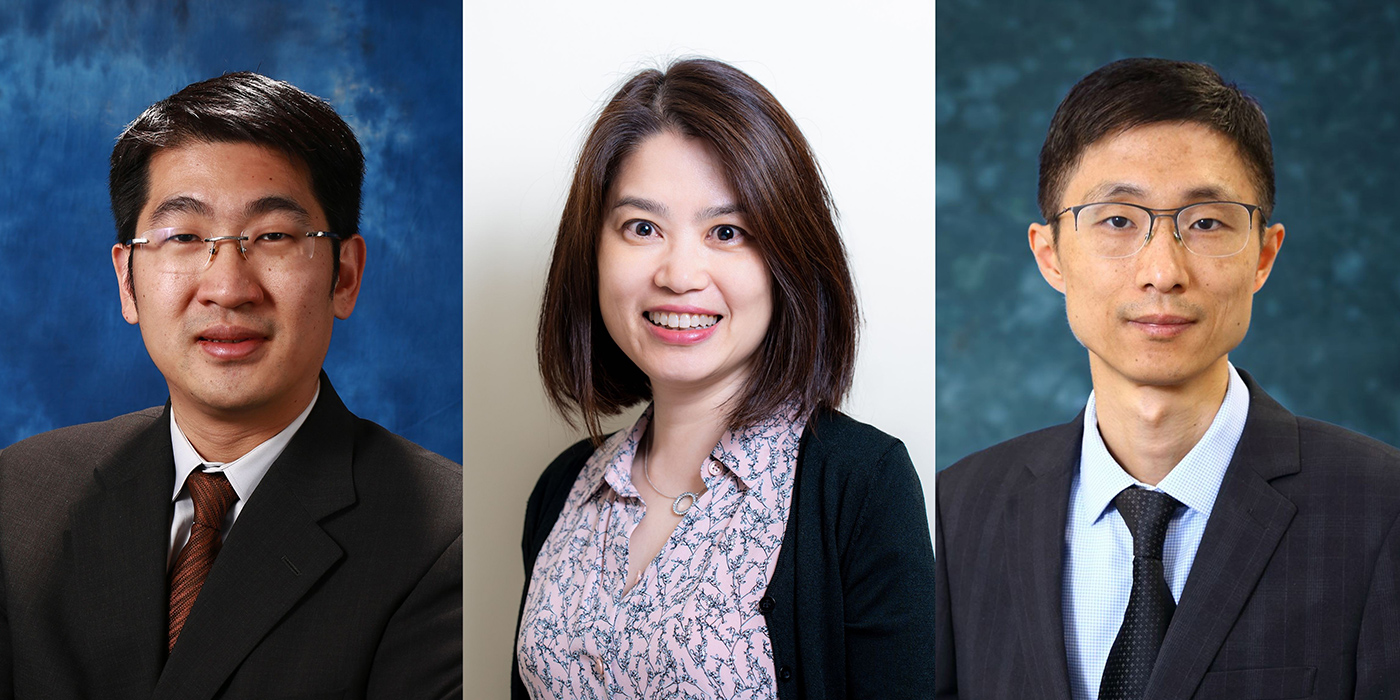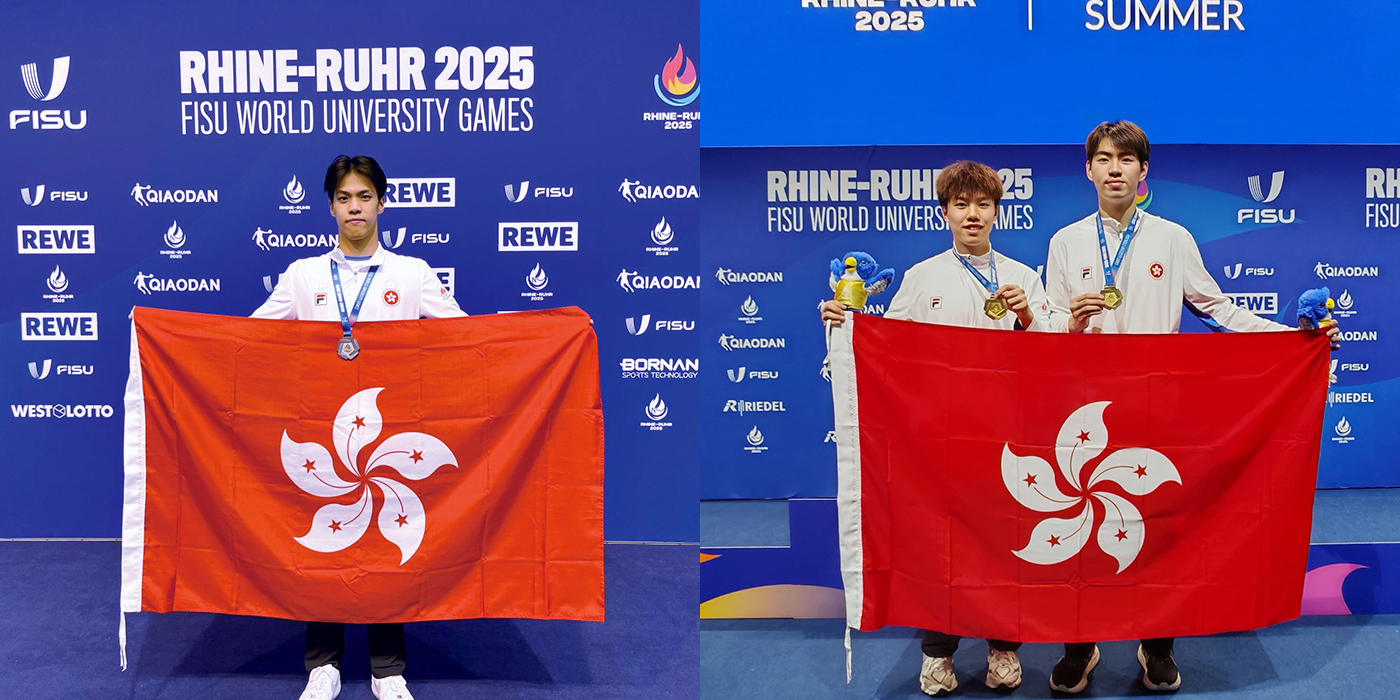A baptism of ice
Michael Pittman explores Antarctic ecosystem with signature imaging technology
30 June 2025
Endless expedition experience in diverse corners of the world defines Michael Pittman’s academic career. Still, he knew that he could not let his guard down. The vast frozen seas of Antarctica were a whole new ballgame.
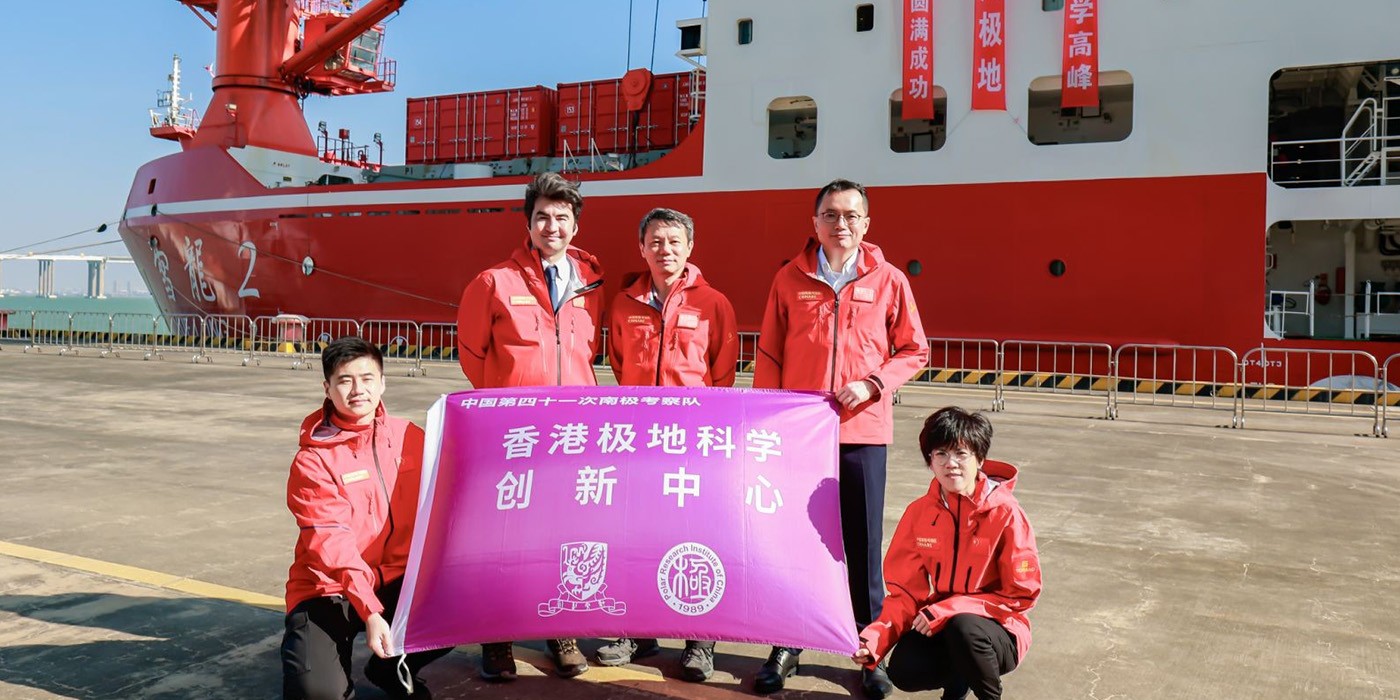
Better known to the public as an expert in dinosaurs, the professor at CUHK’s School of Life Sciences had in his arsenal his distinctive imaging technology, laser-stimulated fluorescence (LSF). The study subject – sea ice – was a hitherto unexplored challenge in his research pursuits, and he was dedicating seven weeks aboard China’s flagship icebreaker Xue Long 2 between March and May this year to take it on. “I had the hypothesis that if we looked at the sea ice as it was freezing over for the winter, I could use LSF to extract important information,” says Professor Pittman.
Thanks to LSF, the palaeobiologist had already made important discoveries in dinosaur fossils and even in archaeology. He decided to turn his attention to the Ross Sea, where the different types of sea ice were expected to contain a bounty of microorganisms that would glow under ultraviolet and laser light; using these examples, he hoped to apply palaeontological research that he had done for more than a decade to other fields, developing its capabilities to pick up more detailed pictures of the base of the Antarctic ecosystem pyramid, and open the door to further palaeontological studies.
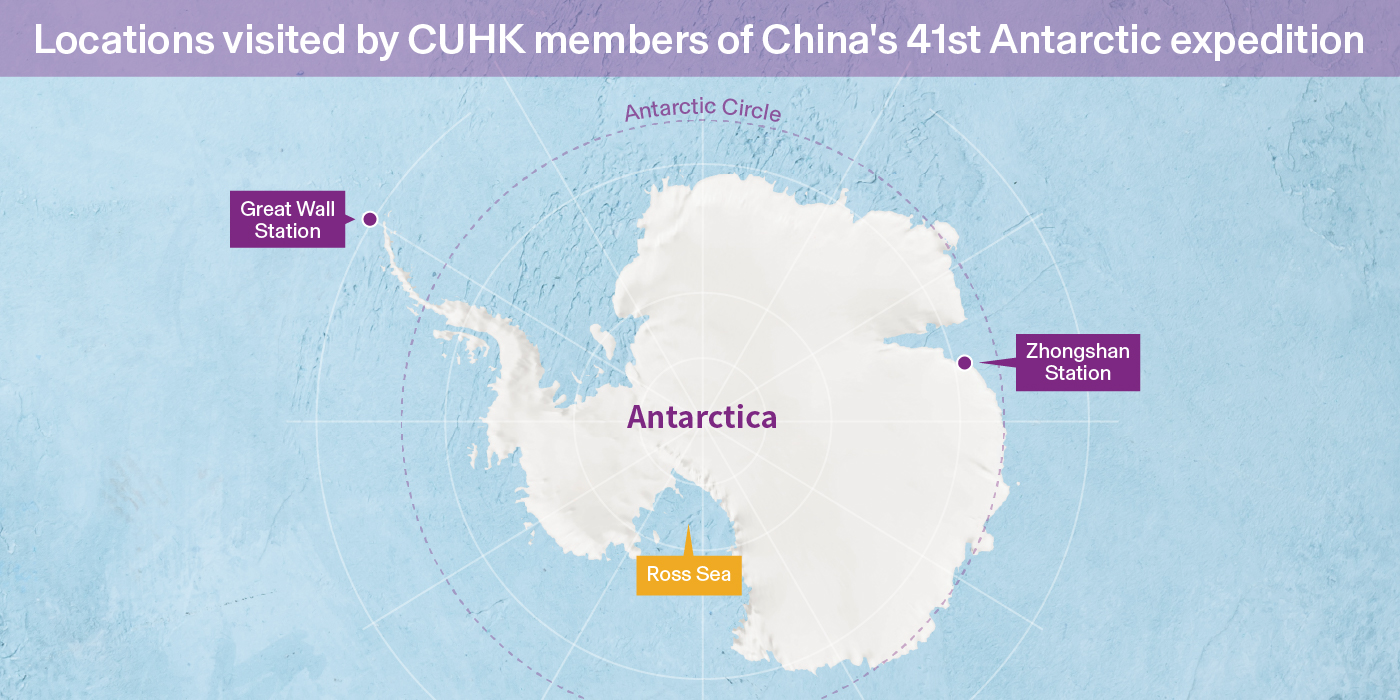
Extreme conditions, extreme preparations
Professor Pittman was one of five CUHK researchers who joined the expedition under the auspices of the Polar Research Institute of China in the country’s 41st expedition to the continent. But whereas the other scholars conducted their research on solid ground, including gathering soil and moss samples at the height of the Antarctic summer, Professor Pittman, departing three months later than his colleagues, spent much of this golden opportunity at sea. By the time he reached the Ross Sea on board the Xue Long 2, the southern hemisphere had entered late autumn, when temperatures would regularly plummet to -30°C. To further complicate matters, for his LSF technique to work in the dark, the professor had to collect his on-site material at night, buffeted by freezing gale-force winds on the exposed deck of the ship.
The frigid conditions made Professor Pittman operate his imaging equipment while wearing layers upon layers of protective clothing. Every action was like the unfolding of a slo-mo scene, every simple task an achievement of sorts. Adjusting the tripod or changing the camera settings required a Herculean effort. Such were the risks involved that every time the professor ventured onto the deck to capture and analyse samples, he had to be accompanied by colleagues and minders in case he lost his footing and tumbled into the bottomless ice below.
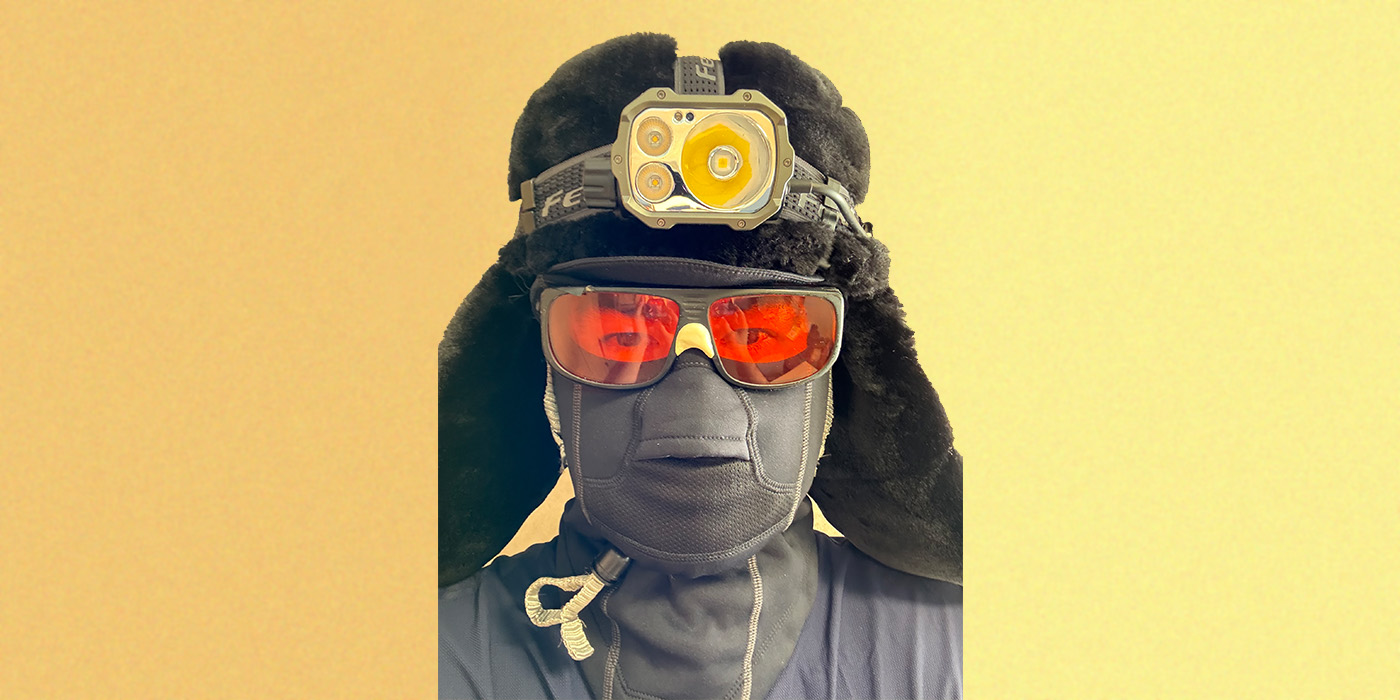
Frozen worlds
To Professor Pittman’s relief, much of the journey passed without incident, and he was able to concentrate on capturing images of Antarctic sea ice. Traditional sampling methods involve fishing out small bits of ice from the sea and then analysing them, but LSF provides a more holistic view of organisms hidden within the ice. “The whole point of the laser is to be able to visualise in situ microbial activity, and then use that information to directly comment on ecosystem function as well as make targeted sampling for follow-up lab analyses,” he explains. His images show vibrant red fluorescence, the brightness and location of which denote the distribution and concentration of microbes in the ice. During the trip, he also refined the imaging process, “weather-hardening” it to work even under extreme conditions with an equipment redesign that featured heavy insulation, and developing a more streamlined imaging protocol that minimised time spent under the harsh conditions.
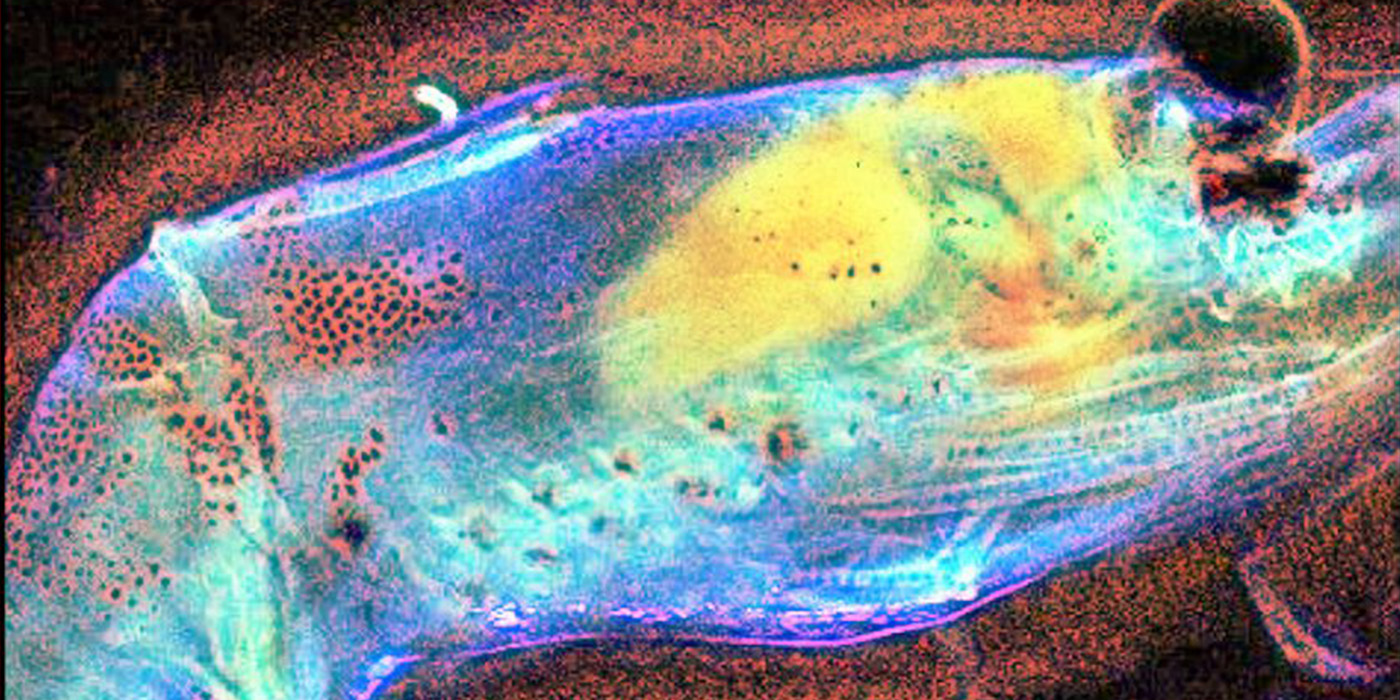
In addition to his own work imaging sea ice and water samples from the Ross Sea, the professor also assisted in the projects of other colleagues. Xue Long 2 hosted researchers from not only mainland China but nations including Italy, Thailand, Malaysia and the United Kingdom as well. Professor Pittman helped them image samples such as fish and krill that they had collected, and such was his renown among the scientists on board that they started calling him “Mr Imaging”.
“It was great to be able to show people the technique, and get them really excited,” he says with a smile. “Science is such a diverse discipline that there are so many opportunities to cross-pollinate know-how between fields in useful and meaningful ways.” The data Professor Pittman collected and the innovative study capabilities they have cultivated are being prepared for publication, and he hopes that it will become part of the university’s ongoing contributions to the country’s frontier research in polar science.
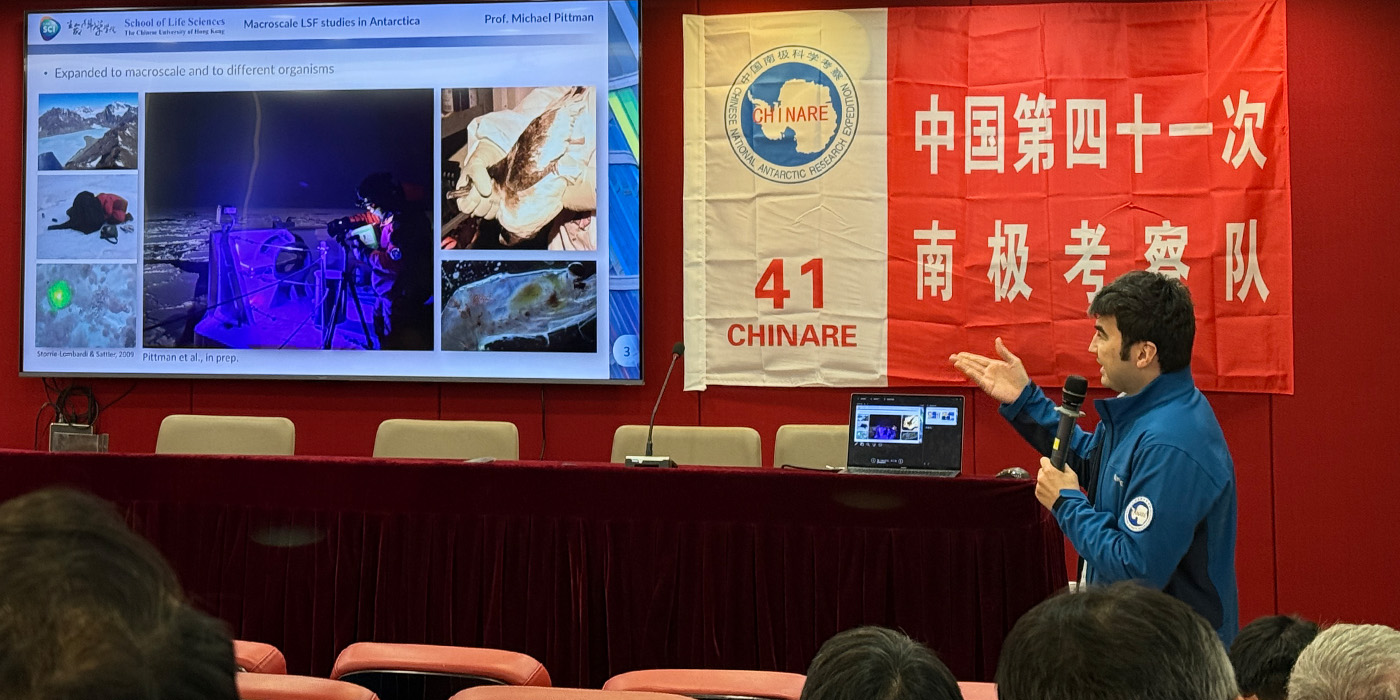
The scientist who went back into the cold
The expedition has enriched Professor Pittman’s experience. “I’m happy to call myself a polar scientist now. I think I’ve developed enough know-how and skills out there, working in those tough conditions.” But he is clear that this is only the beginning of his research hopes for Antarctica. In warmer prehistoric times, the southern land mass was conjoined to what are now South America and Australia, and similar dinosaur species once traversed the three continents. With his LSF technology now perfected and adjusted for the Antarctic, Professor Pittman is eager to lead expeditions there to find new dinosaur species. This will allow him to see how dinosaur ecosystems and their evolutionary history there compare to the detailed picture he has of Patagonia, South America, where he has been conducting fieldwork for many years. “We are actively exploring opportunities to conduct excavations in Antarctica, building on the country’s leadership in palaeontology,” he says.
He looks forward to having more CUHK members pitching in on the University’s polar research efforts. “There’s a whole load of new colleagues that are also very interested,” he says. “Now, we have colleagues in engineering, for example, who can be very helpful in developing equipment needed to do research down there.” As the professor knows all too well, Antarctica studies require expertise, quick thinking and a spirit of cooperation – and as such, is an enterprise that is best done with all hands on deck.
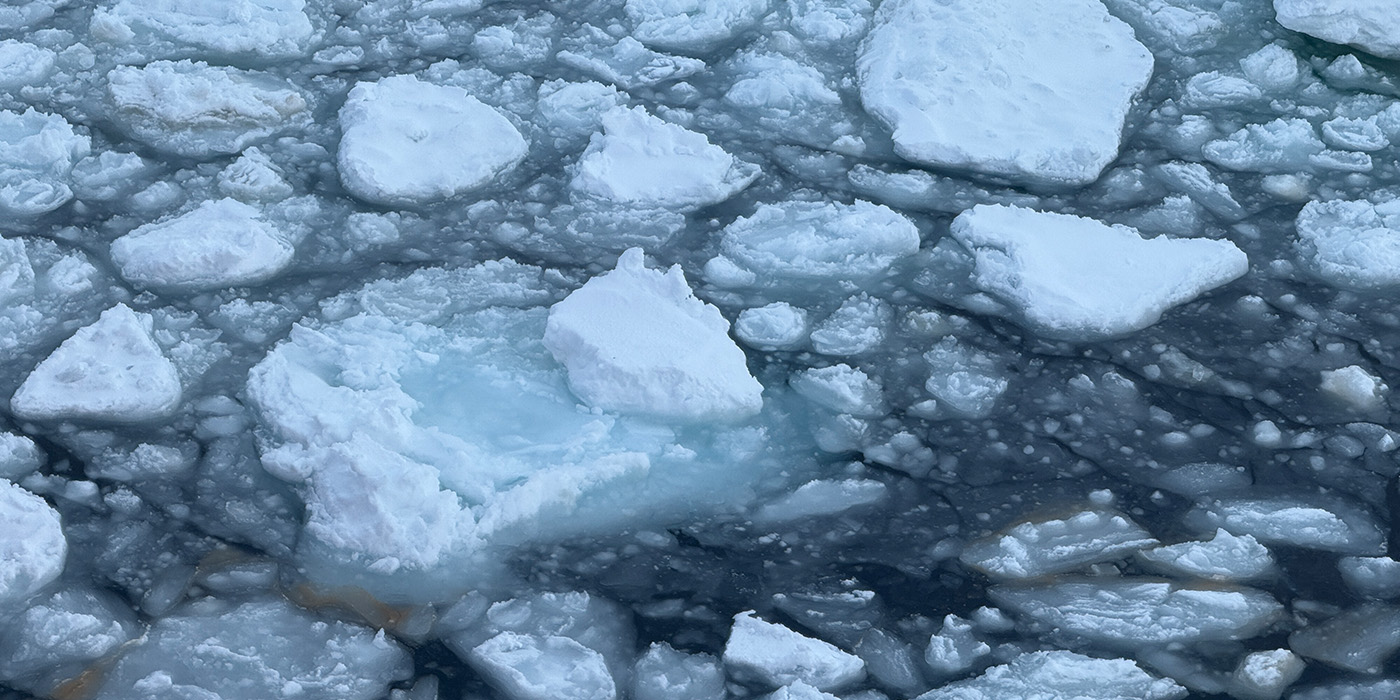
By Chamois Chui
Photos provided by Professor Michael Pittman

